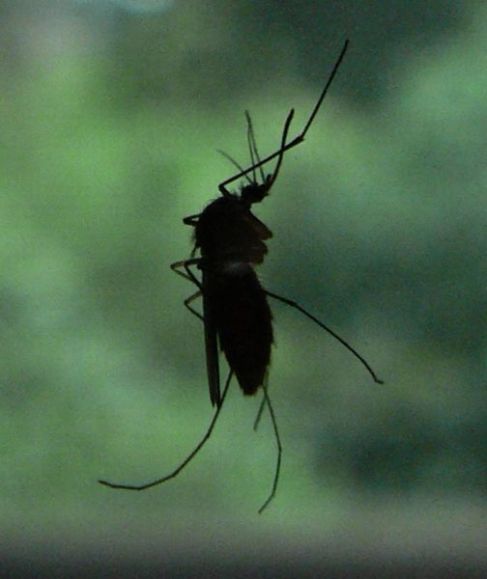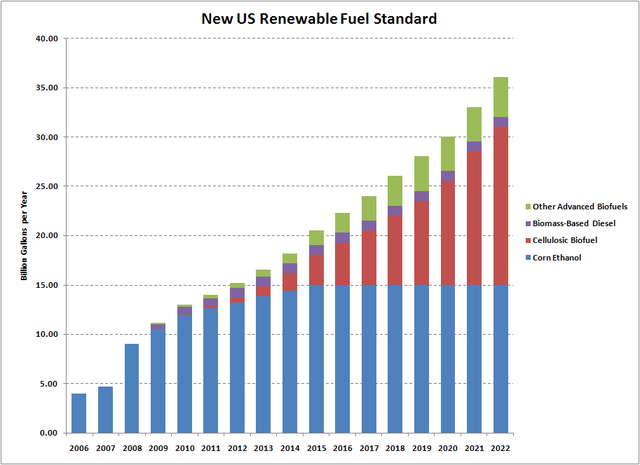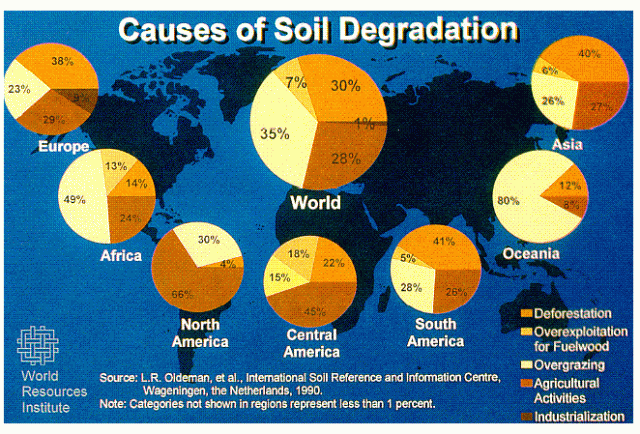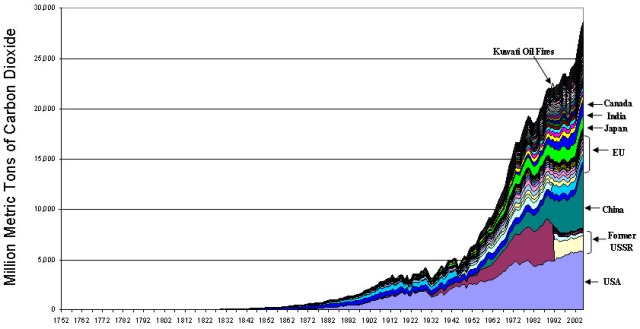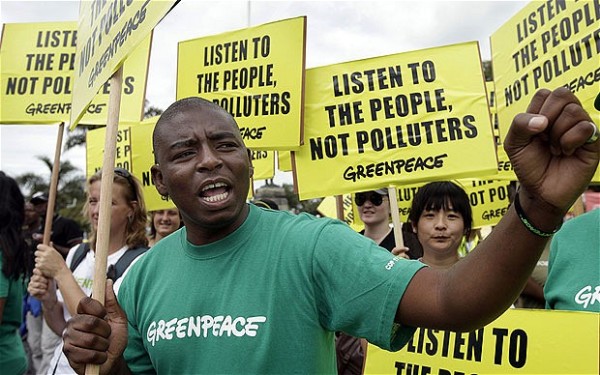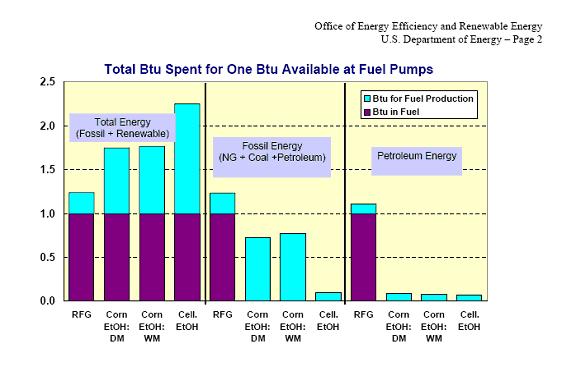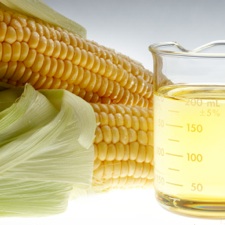Corn is covering more and more land in the U.S. these days. But corn stockpiles are plummeting.
Only 7 percent of the U.S. corn crop went to make ethanol in 2001. That number rose to 39 percent in 2010 and will continue to rise for the next decade. The U.S. will have only 675 million bushels of corn left over at the end of this year. This is only 5 percent of all corn that will be consumed in 2011; the lowest stockpiled surplus level in fifteen years.
To be a viable alternative, a biofuel should provide a net energy gain, decrease relative pollution, be able to compete economically, and not significantly reduce food supplies. Cellulosic ethanol and biofuels from algae, yeast and bacteria have long been touted as a way to produce home-grown energy in the U.S. without taking from the national or world food supply.
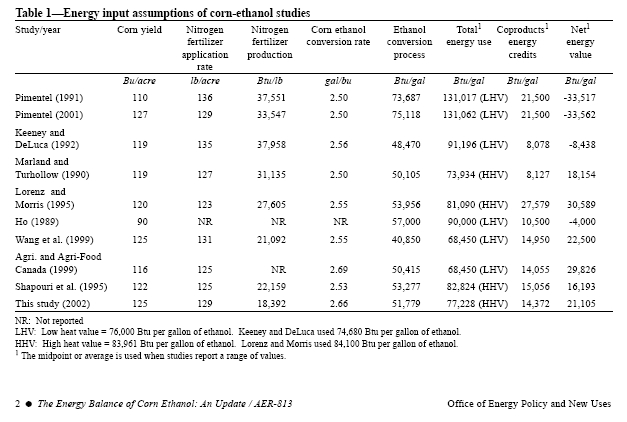
David Weintraub, Director of External Communication at ADM, told me about some of his company’s projects on cellulosic ethanol, including a Department of Energy-funded project.
“We are also working with John Deere and Monsanto to convert corn stover (agricultural plant waste) to cellulosic ethanol and bio-crude,” Weintraub said.
Dr. David Pimentel of Cornell tells me that there is not a single plant producing cellulosic ethanol in this country. “If there was, it would cost two dollars per liter just to make the stuff,” he said.
Iowa State economist David Swenson points to a couple of heavily federally funded plants in the works. He called the first project, Range Fuels in Georgia, a “complete boondoggle.” The other plant has yet to produce consistently.
What’s more, Pimentel adds that “180% more energy is required to produce a gallon of ethanol from cellulosic biomass than the energy contained in that gallon.”
In an influential 2005 study, Pimentel and Tad Patzek of the University of California-Berkeley analyzed possible sources of cellulosic ethanol. Findings include that switch grass requires 45 percent more fossil energy than the fuel produced and wood biomass requires 57 percent more fossil energy than the fuel produced
For biodiesel production, the same study found that: soybean plants require 27 percent more fossil energy than the fuel produced, and sunflower plants requires 118 percent more fossil energy than the fuel produced.
Various species of the Clostridium bacteria naturally produce a chemical called butanol that has been proposed as a substitute for diesel oil and gasoline. Many scientists have genetically altered Clostridium to boost its ability to produce butanol; others have taken genes from the bacteria and inserted them into yeast to induce them into making the fuel.
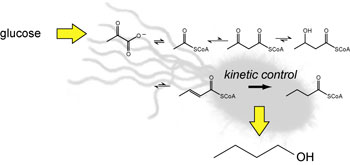
The enzyme pathway by which glucose is turned into n-butanol is set against the silhouette of an E. coli bacterium. The pathway, taken from Clostridium bacteria and inserted into E. coli, consists of five enzymes that convert acetyl-CoA, a product of glucose metabolism, into n-butanol (C4H9OH).
But without heavy subsidization for years on end, there is little hope for these newer alternatives to even break even economically.
Energy companies can easily abandon their alternative energy ventures, as Shell abandoned algae biodiesel this year. Instead, Shell is relying on a new $12 billion venture with Cosan Ltd. to produce and market traditional sugarcane ethanol in Brazil. To their credit, it seems like a smart move.
“There is no economic analysis that is remotely feasible when it comes to algae biofuels,” Swenson said.
Jason Hill, a bioengineer at the University of Minnesota, said that algae biofuels “are just not cost competitive, not even close.”
The alternative energy innovation of a few years ago is not being followed through on. What infrastructure was built before the 2008 financial crisis is beginning to crumble. In an age of budget cuts and fiscal realism, alternative energy has taken a back seat. That is, except for one exception: corn ethanol, which is the worst biofuel we have in terms of the vast implications of its widespread use.



